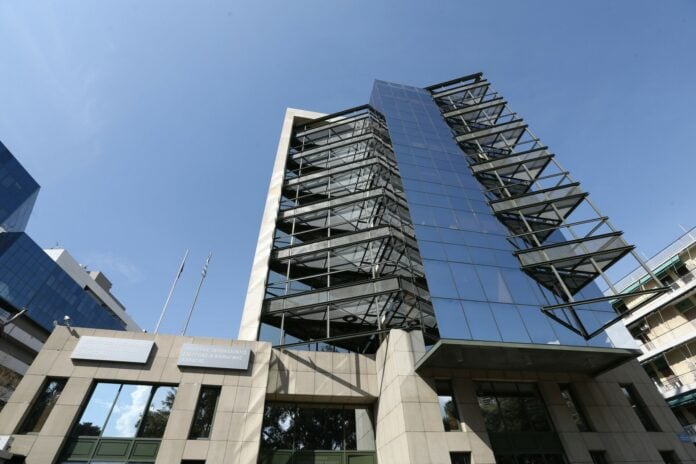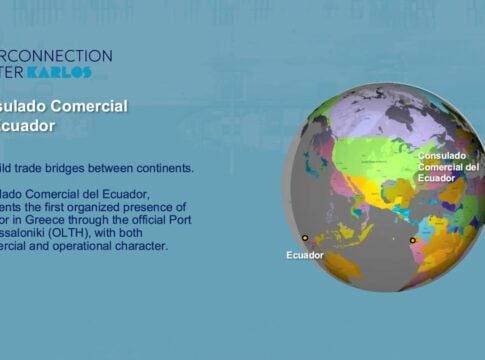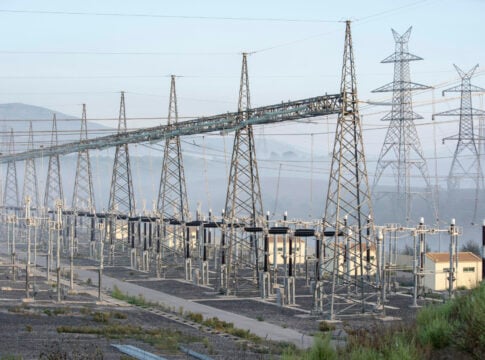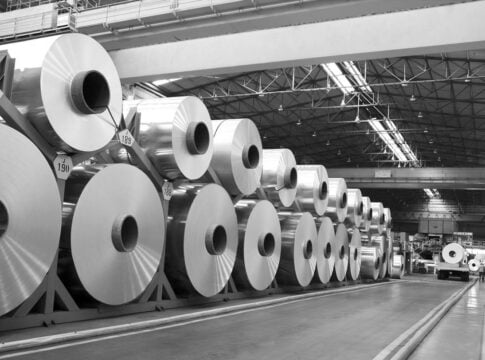The new National Energy and Climate Plan signals Greece’s ambition for new technologies that are considered important links in the “chain” of the green transition, such as hydrogen production and carbon capture and storage (CCS).
Τhe target for green hydrogen production, the electrolysis capacity and the percentage of hydrogen mixing in the distributed gas has significantly increased compared to the original planning.
The total consumption of green hydrogen is estimated at 63.6 Terawatt-hours/year by 2050, but the largest proportion (about 70%) is estimated to be consumed for the production of synthetic hydrocarbons in transport.
The goal is to have created at least 26 hydrogen vehicle refueling stations by 2030, while they are expected to further increase taking into account the technological developments that will have taken place by then and which will show whether the future in heavy vehicles is indeed hydrogen or not.
Although “green” hydrogen is an important candidate for reducing the carbon footprint of shipping and aviation within the next 10 years, it is not expected to clarify which technology will play the main role in this direction. In fact, as pointed out in the draft national plan, the use of renewable liquid synthetic fuels of biological or non-biological origin seems to prevail in these two sectors.














